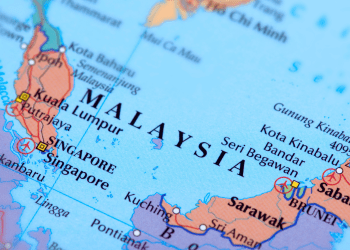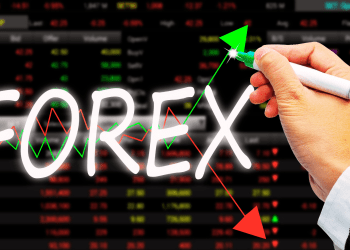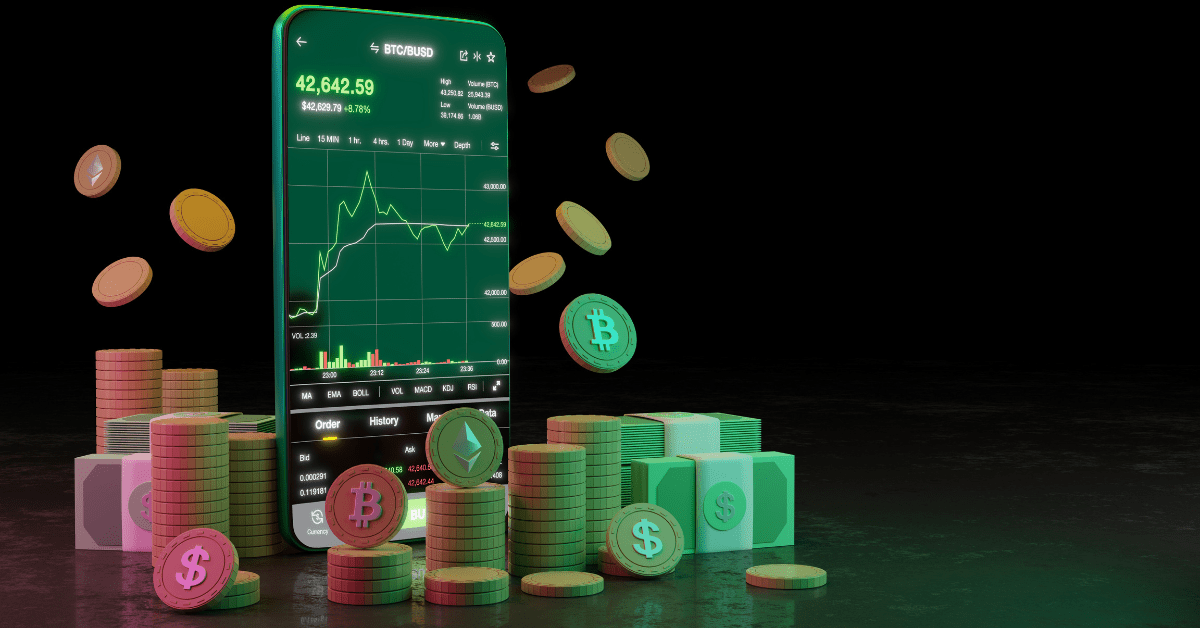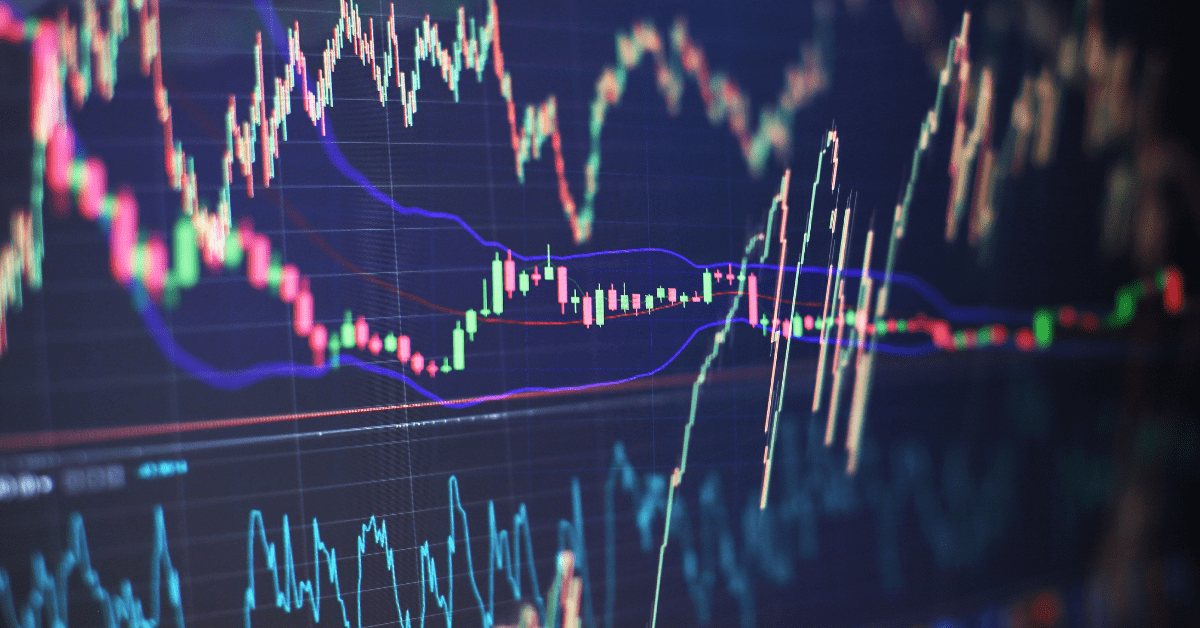In this article, we will talk about what kind of math traders use.
Traders use different kinds of math in their trades. These include basic arithmetic, probabilities, and statistics. The purpose of this math is to ensure that you make the right decisions. However, there are certain limitations to what you can do with these kinds of calculations.
To become a successful trader you don’t really need to use math because there are software tools available that will do most of these calculations for you. You will need to use math only if you are developing a new technical indicator or doing algorithmic trading.
Probability
Having a grasp of probability can be useful in making good trades. Understanding the mathematics behind the probability of an event can help you make better decisions.
The most important thing to keep in mind is that probabilities are subject to a variety of variables. This is why you need to be ready to handle the unpredictability of the market.
It is also possible to use probability to your advantage. Knowing the basics can help you develop a trading strategy that will reap long-term rewards.
In the forex world, this means knowing how to calculate the relevant metrics for your trading strategy. Once you have your strategy down, you will want to monitor it to ensure that you are still raking in profits in the future.
It is also necessary to take the time to think about what you are doing in order to make the best trading decisions. It is possible to be a green-pea trader, but the best way to be a successful one is to never lose a trade. (Of course, you will have losing trades but this is something to strive for)
As with any new endeavor, a solid plan is required to achieve success. This includes staying on track when making trading decisions and accepting trades without resistance.
There are many factors to consider when devising a trading plan. The biggest mistake many novice traders make is not taking the time to understand what they are doing. This can result in a shaky strategy. The best approach is to find high-probability trades and focus on executing them correctly.
It is not only important that you devise a trading plan but it is also important that you track your trades. You can become a successful trader if you track all of your trades and then analyze what trading strategies have the highest probability of success. To track your trades you need a trading journal. Get our free trading journal here.

Statistics
Statistical analysis has been used in the financial sector for decades. It provides standardized objective toolkits to help practitioners better make sense of the world around them. This form of analysis is mainly used in quantitative investment and active fund management.
Basically, statistics can be divided into two categories, descriptive and inferential. The former is a review of the properties of a single data set, while the latter is a more involved process. The latter involves making inferences about a larger population, such as a large data set or a sample of the population.
There is no shortage of information afloat about how to best implement statistics into your trading strategies. The main goal of trade statistics is to determine how well your strategy performs in terms of profit and loss. Identifying and quantifying this information is crucial to developing a winning trading system.
The most obvious uses for statistical analyses are to determine the optimal timing and order of trades, to identify winners and losers, and to identify and measure market conditions. The biggest drawback is that statistical models do not account for “black swan” events, such as natural disasters or currency exchange rate changes. Using the appropriate statistical tools and techniques can reveal the best-performing systems and improve the likelihood of a successful trade.
The best way to do this is to identify the hottest, most liquid markets. This is done by using a statistical high-frequency trading platform, which uses computers to execute transactions. This form of trading has some industry observers skeptical of its long-term implications.
High-frequency trading
Using mathematics to make trades in the financial markets is a common practice called high-frequency trading. This form of trading enables traders to earn significant profits on minor price changes.
The high-speed algorithms used in this type of trading are designed to “sense” large pending orders. They may then adjust prices to fill these orders. These orders are often two-sided.
Many HFT firms have a meritocratic mindset. They hire candidates who demonstrate a high level of skills and revenue generation. They assess candidates based on their publications, doctoral work, and perceived ability. Some companies keep their decision-making logic secret.
Developing and implementing new trading algorithms requires sophisticated mathematical models. These models are grounded on the information that is available to market participants.
In a high-frequency environment, the goal is to minimize the risks that are associated with the markets. Algorithmic trading strategies commonly include event arbitrage and latency arbitrage.
These strategies involve finding temporary price discrepancies and then capturing a fraction of a cent on each trade. The strategy may also track order size and age, which may allow the trader to predict future prices.
These types of high-frequency trading strategies can be profitable, but they are controversial. They erode liquidity, amplify volatility, and can lead to large market moves without apparent cause.
A number of researchers have studied the effects of high-frequency trading on the markets. Some have criticized the activity as increasing market fragmentation and allowing large institutions to gain an advantage. Others claim that it can help dampen volatility.
The Securities and Exchange Commission issued a joint report in 2010 to address these issues. The report suggested that some types of market-making are beneficial to retail investors, while others are dangerous.
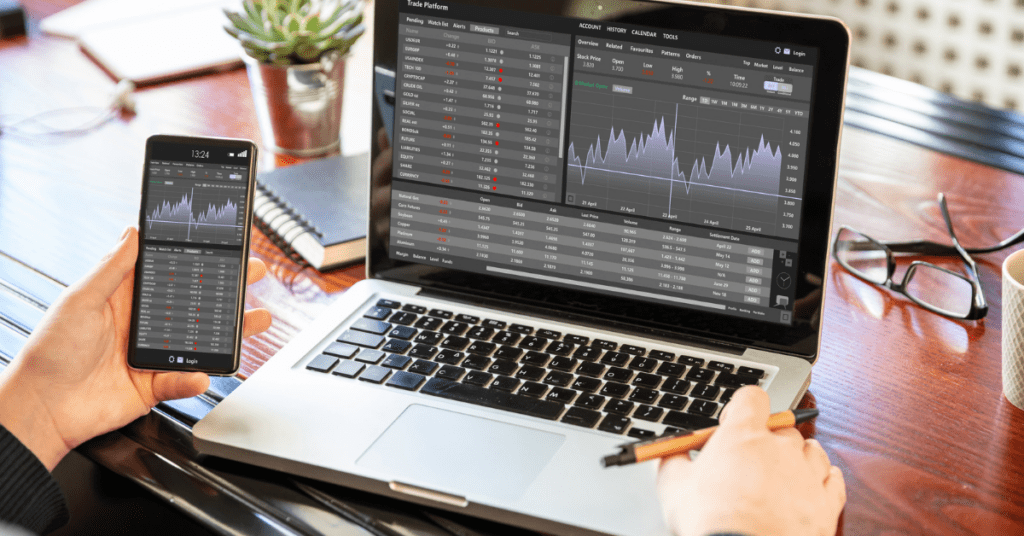
Math used for Algorithmic trading
Using a computer program, algorithmic trading uses math to automate the entire trading process. These systems make decisions based on a number of factors, including the fundamental value of a financial asset, its price movement, and the market condition. The result is a trade that is placed at the best possible price.
Algorithmic trading has gained widespread usage in the financial industry. In fact, it has been estimated that in some markets, up to 80 percent of all orders are now being generated by computer algorithms.
While algorithmic trading has been around for years, it’s become increasingly popular over the past decade. This is a trend that’s fueled by high-speed computers and the internet. The ability to place huge orders at rapid speeds has made it lucrative. However, there are some disadvantages to using algorithms to trade in the forex market.
Because of the speed at which orders are processed, there can be a loss of liquidity. This can occur when a trader places a rapid buying or selling order. That can cause the price to swing suddenly and can leave a trader emotionally unstable.
In order to use an algorithmic trading system, you’ll need a computer, good coding skills, and a decent amount of math. You’ll also need to have access to a broker that offers a variety of different strategies. Some brokers charge commission fees for using the service.
You’ll also need to have some computer hardware, such as a desktop or laptop computer to run your trading algorithm but you can also get a VPS. All VPS providers charge you a monthly fee but if you have a profitable trading algorithm, this can be worth it. If you are interested in a good VPS provider check out ForexVps.net
While you don’t have to be a trading expert to use an algorithmic trading system, you do need to have some experience with trading the markets. Having a strong knowledge of the markets can help you avoid mistakes. Even if you decide to use someone else’s algorithmic robot (expert advisor) you need to have a basic understanding of how it works to set the parameters of the robot.
Conclusion
You don’t need much mathematics to become a profitable trader. You will need a decent amount of maths skills only if you are developing a trading algorithm or your own technical indicator.
If you are interested in learning how to trade forex step by step make sure to check out our completely free guide here.



